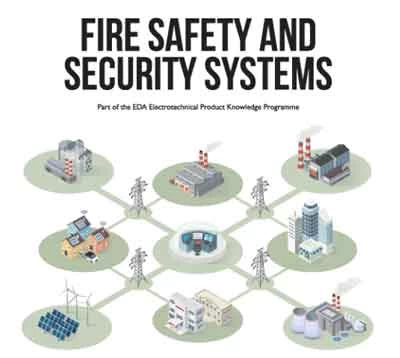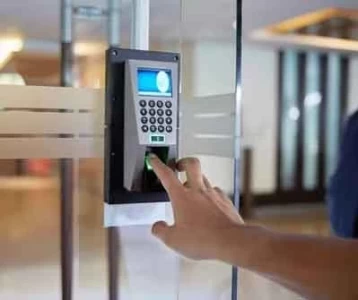Life Safety & Security Systems: Balancing Sensitivity for Optimal Safety

Life Safety & Security Systems: Balancing Sensitivity for Optimal Safety
Automated life safety systems, seamlessly integrated within a building automation system (BAS), promise vast improvements in emergency detection and response. However, achieving optimal safety depends on striking the right balance of sensitivity within these systems. An overly sensitive system risks flooding operators with a barrage of false alarms, potentially leading to complacency and a dangerous "cry wolf" scenario where genuine incidents go unnoticed. On the other hand, an under-tuned system may fail to detect genuine threats in a timely manner, jeopardizing occupant safety and hindering effective emergency response. This article dives into strategies for finding the ideal level of sensitivity and best practices for maximizing the effectiveness of automated life safety systems within a BAS.
The Cost of False Alarms
Frequent false alarms generated by automated life safety systems have several detrimental effects. A persistent stream of false positives can desensitize building operators and security personnel. Imagine a scenario where a smoke detection system triggers a building-wide evacuation due to a minor burning smell from the kitchen. If this happens repeatedly, future alarms, even genuine ones, might be met with skepticism and delayed response. Additionally, false alarms often trigger costly and time-consuming responses, diverting resources from other critical tasks and wasting first responder capacity. Unnecessary activations, like evacuations, create disruptions for building occupants, impacting productivity and potentially fostering negative perceptions about the overall building experience. Critically, repeated false alarms can erode trust in the system as a whole, making it harder to gain buy-in for future technology-driven safety initiatives.
The Dangers of Being Too Conservative
On the opposite end of the spectrum, an automated life safety system that errs on the side of being too conservative presents its own dangers. Setting alert thresholds excessively high might prevent early detection of developing emergencies like fires or security breaches. Imagine a system only triggering a fire alarm when flames are already visible, instead of at the first signs of smoke. These missed detections or significantly delayed alarms carry severe potential consequences, limiting the effectiveness of fire suppression systems, hindering evacuation procedures, and ultimately increasing the overall risk to building occupants.
Finding the Right Balance
Achieving the optimal balance in sensitivity requires a multifaceted approach. Initial calibration should carefully consider the specific types of risks a building faces, along with the organization's overall tolerance for occasional false alarms versus the potential severity of missed incidents. Modern BAS and life safety platforms offer granular control over alert thresholds, and historical data analysis is crucial for fine-tuning these settings. Whenever feasible, system alerts should be configured to rely on correlated data from multiple sensors or different subsystems, reducing the risk of an erroneous single data point triggering an alarm. Maintaining a human-in-the-loop element is essential: personnel should be designated to review and verify automated alerts, particularly those flagged as high priority, prior to escalating a full-scale response.
Newer systems incorporate AI or machine learning techniques, going beyond simple thresholds for dynamic sensitivity adjustment. These systems can analyze patterns, correlate environmental conditions like high wind readings with a higher probability of false alarms from outdoor sensors, or adjust detection sensitivity based on occupancy density within the building.
Best Practices for Success
To get the most out of automated life safety systems, a few best practices are crucial. Regular testing and calibration must be part of the routine maintenance schedule. Thorough training for security teams and building operators ensures they understand the system's logic, how to interpret alerts, and the proper escalation procedures. In some settings, educating building occupants, even at a basic level, about the system's function helps manage expectations. Consider simple signage near alarm panels explaining the potential for occasional system tests or alerts, framing it as proactive safety rather than a disruption. View the process of optimizing sensitivity and reducing false alarms as a continuous undertaking. Gather feedback, analyze incident response reports, and continually refine the system over time.
Conclusion
Automated life safety systems integrated with BAS can provide significant safety improvements, but only if they are tuned for optimal sensitivity. Balancing the need to detect genuine threats promptly against the disruptive impact of false alarms requires careful consideration, data-driven decision-making, and a commitment to ongoing refinement. By employing the strategies and best practices outlined, building managers can create a truly effective automated life safety ecosystem – one that works to protect occupants without creating unnecessary alarm fatigue or eroding trust, ultimately fostering a safer built environment for everyone.






